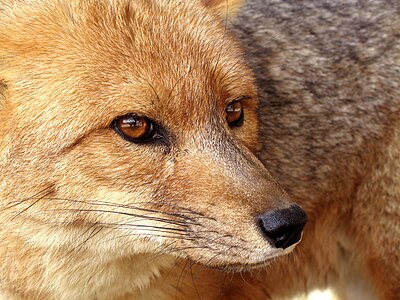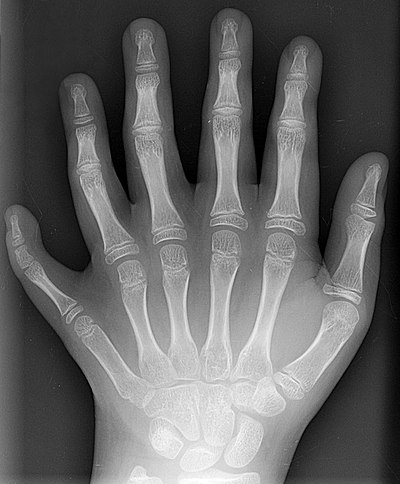Portal:Biology/Featured picture
Selected images for the Biology portal.
Featured picture 1
Portal:Biology/Featured picture/1

The African bullfrog (Pyxicephalus adspersus) is a species of frog in the family Pyxicephalidae.
Featured picture 2
Portal:Biology/Featured picture/2

The griffon vulture (Gyps fulvus) is a large Old World vulture in the bird of prey family Accipitridae. It is also known as the Eurasian griffon.
Featured picture 3
Portal:Biology/Featured picture/3

An embryo is a
Featured picture 4
Portal:Biology/Featured picture/4
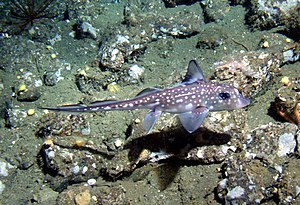
Featured picture 5
Portal:Biology/Featured picture/5
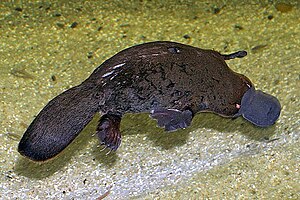
The platypus (Ornithorhynchus anatinus) is a
-footed mammal baffled European naturalists when they first encountered it, with some considering it an elaborate fraud.Featured picture 6
Portal:Biology/Featured picture/6

The Warbler Finch (Certhidea olivacea) is the only member of the
Featured picture 7
Portal:Biology/Featured picture/7

Naja naja or the Indian cobra is a
Featured picture 8
Portal:Biology/Featured picture/8

The
Featured picture 9
Portal:Biology/Featured picture/9
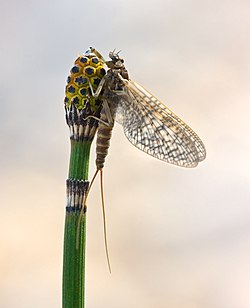
Featured picture 10
Portal:Biology/Featured picture/10

Featured picture 11
Portal:Biology/Featured picture/11
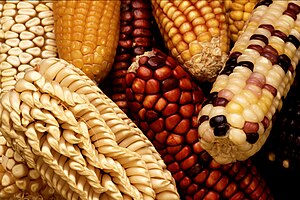
Featured picture 12
Featured picture 13
Portal:Biology/Featured picture/13

Featured picture 14
Portal:Biology/Featured picture/14

Featured picture 15
Featured picture 16
Portal:Biology/Featured picture/16

Featured picture 17
Featured picture 18
Featured picture 19
Portal:Biology/Featured picture/19

Featured picture 20
Featured picture 21
Featured picture 22
Portal:Biology/Featured picture/22
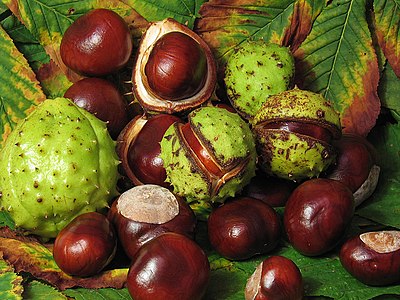
Featured picture 23
Portal:Biology/Featured picture/23
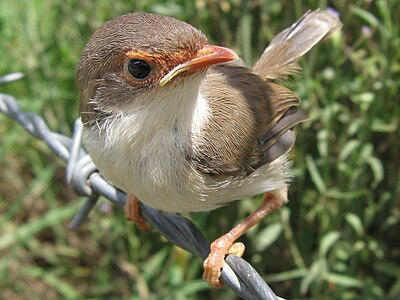
Featured picture 24
Featured picture 25
Featured picture 26
Portal:Biology/Featured picture/26



